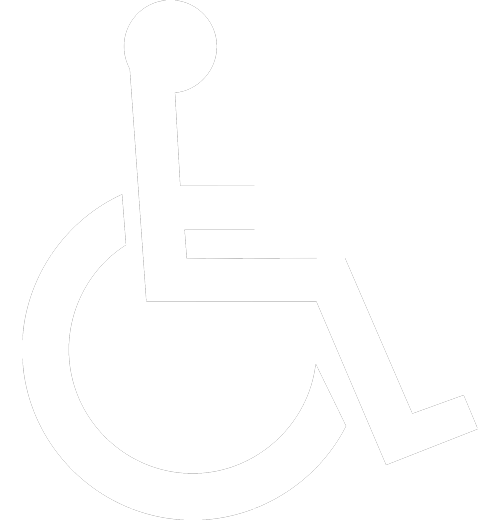Ways to Treat Common Minor Injuries
Kids will be kids, and that usually means a few bumps and bruises along the way. Keep a calm composure when an accident happens, and have your first aid on hand. A little bit of ice, a bandage, and some TLC can go a long way. Here’s how to treat some common minor injuries.
- Nosebleeds: Some kids get nosebleeds more so than others. It can be scary for a kid to suddenly have blood coming out of their nose; especially if the nosebleed is coming after a swift smack to the face. Don’t panic. When you’re calm, then they are calm. Have them lean their head forward and hold a tissue under the nose until the bleeding stops. Don’t lean the head back, because all of the blood will travel down the throat, causing more problems. Also, don’t pack the nose with tissues because once the tissues are removed it will take the clot with it, and the bleeding will start again.
- Burns: There are different types of burns and different ways to treat them. There are three levels of burns: first degree burns, second degree burns, and third degree burns.
- Contact burn: A contact burn is made by touching a hot surface or a scalding liquid. Run the burned area under cool water for 10 minutes and cover it in a loose gauze. If the burn begins to blister, or the area becomes black or white, then go to the doctor immediately.
- Sunburn: Overexposure to UVA and UVB rays is treated with some aloe vera and pain relievers like ibuprofen or motrin. Keep clothes off of the affected area or wear loose-fitting clothes to prevent irritation. Stay out of the sun until it is healed.
- Chemical Burn: Caustic or chemical burns are different than topical burns. Things like battery acid, bleach, and other household products can cause minor to serious burns. Don’t run water over these burns. Go to the doctor to have these treated.
- Electrical Burns: Exposed wires or placing things in electrical sockets can cause electrical burns. These burns also should not be ran under water. Go to the doctor to have these burns treated.
- Cuts and Scrapes: This is the most common type of childhood injury. Kids fall and scrape hands and knees often. Clean the wound with lukewarm water and a mild soap. Don’t use an agent like hydrogen peroxide because it kills good cells with the bad cells. Use an antibacterial cream, and cover it temporarily with a bandage. The time to go to the doctor is if the cut doesn’t stop bleeding, or if it is very deep. With a scrape, go to the doctor if the area becomes red and warm; that’s when you know you have an infection.
- Head Bump: As toddlers waddle around the room, they are bound to knock their head against a table or two. They may develop a goose egg on their little foreheads, but a cold compress should do the trick. You should go to the doctor if your child doesn’t respond immediately or begins to act erratically with a loss of balance.
- Squished Finger: Kids love to explore new and interesting things. Their little fingers are so small and nibble that they can fit into places that they aren’t supposed to go. Occasionally, they’ll get a finger or toe squished. It may be tender and black and blue for a little while. A cold compress, and some motrin or ibuprofen are good to reduce the swelling. If the finger is disfigured, go to the doctor immediately to get it set in a splint or a cast.
- Rashes: As kids roam around and discover the world, they will come in contact with new and different things that may not react well with their bodies. If they develop a rash, it could have come from a number of things. Check to see if it came from recent contact with a plant, a bug bite, or a new food that is causing an allergic reaction.
Keep a small first aid kit or medicine cabinet stocked with bandages, gauze, aloe vera, and antibacterial cream. As kids grow, cuts and scrapes are part of life. Let them know that it’s ok to fall down, but it’s all about how you get back up. You’ll be there to help make those little bumps a little less painful along the way.
Recent Posts








